As an athletic trainer, Mike Quinn is passionate about health, fitness and keeping people safe and injury-free. So, it’s no surprise this 54-year-old dad volunteers for his 14-year-old daughter’s soccer team. What is surprising is that his commitment to keeping kids safe ended up saving his own life.
After helping the girls warm up for practice one day in early March, Mike decided to go for a run. He stretched in the parking lot and set off on his run. After only a short distance, he collapsed. He’d had a heart attack.
“I was at the far edge of the soccer complex, and a boy playing ball with his dad saw me go down and told his dad,” Mike says. “The man alerted my daughter’s soccer coaches, and they gave me CPR until the paramedics arrived. The paramedics restarted my heart, and they rushed me to St. Elizabeth Healthcare.”
It just so happens the two coaches who performed CPR learned how to do it from Mike himself.
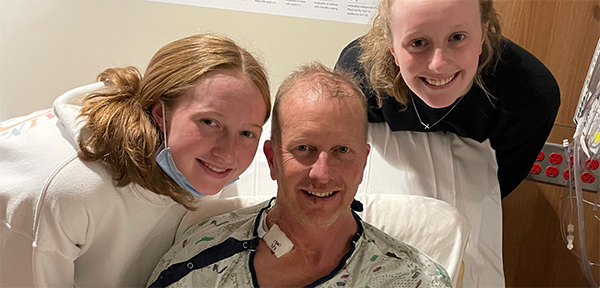
CPR training for youth sports coaches
Although it’s uncommon, cardiac arrest — when the heart stops — can happen in young athletes. Mike wanted to ensure kids’ safety during soccer practice and games, so he came up with a strategy: free CPR, or cardiopulmonary resuscitation, training.
CPR is an emergency procedure for when the heart stops beating. It keeps the blood flowing until emergency medical technicians arrive. CPR can double or even triple the chances of survival after cardiac arrest, according to the American Heart Association.
“My goal was to offer hands-only CPR training to our soccer club coaches to ensure those who didn’t already have the training could get it,” Mike says. “Chris Vogelpohl, a parent from my daughter’s team, works for St. Elizabeth doing CPR training. He volunteered to help me train the coaches who needed it.”
Chris and Mike held a CPR training class for about 20 coaches a few weeks before Mike’s heart attack. “Chris did a presentation, and then he and I split the class into small groups to practice,” Mike says. “The two coaches who saved my life were in my group. Who knew that two weeks later they’d have to do it? Luckily, they were fast learners.
Lifesaving heart attack care
The St. Elizabeth Emergency Department is a base station for the paramedics in the field, so the team was ready to jump into action when Mike arrived. “The EMTs did an EKG in the ambulance, and the results were transmitted to St. Elizabeth. They knew I was coming and were able to prepare.”
Mark Jordan, MD, an interventional cardiologist with St. Elizabeth, evaluated Mike when he came in. Mike received a coronary angiogram – an imaging test that examines heart blood vessels – that showed a significant blockage in an artery leading to his heart. Dr. Jordan placed a stent (a flexible tube that holds an artery open) inside Mike’s artery to restore blood flow.
“It was an optimal situation that someone with up-to-date CPR skills was able to keep him alive before the ambulance arrived,” Dr. Jordan says. “CPR supplies blood to the brain and other organs when the heart is stopped. Without it, the lack of blood can cause organ damage. Statistics tell us that only half of people with out-of-hospital heart attacks get CPR from bystanders. Those who do have a higher likelihood of surviving without brain or other organ injury. CPR markedly affects the outcome.”
Family matters
Mike didn’t have heart problems before the heart attack, but he has a family history – his mother had open-heart surgery.
“Most people with heart attacks aren’t aware they’re at risk until the moment it happens,” Dr. Jordan says. “It’s shocking to find out you have significant coronary artery disease when you feel fine. Also, many people think heart attacks mostly occur in older people. But half of all heart attacks in men occur before age 65. That’s why it’s so important to know and manage your risk factors so we can prevent heart attacks.”
A family history of heart disease significantly increases your risk of a heart attack.
“If a first-degree relative (mother, father or sibling) has a heart attack at a young age – younger than 55 for men or 65 for women – it raises your risk substantially,” Dr. Jordan says. “People with a family history deserve special attention so that we can help lower that risk.”
Take time for your heart health
Although you can’t control your family history, you can lower your risk by making changes to your lifestyle. Smoking, high blood pressure or cholesterol, prediabetes or diabetes, poor nutrition, and a sedentary lifestyle can all increase your heart disease risk.
Knowing your heart disease risk factors lets you take preventive steps and improve your health. You can:
• Eat a heart-healthy diet.
• Get help to stop smoking.
• Know heart attack symptoms.
• Know your numbers.
• Learn hands-only CPR and other lifesaving approaches.
• Sign up for a screening(s) and cardiovascular risk assessment with St. Elizabeth’s CardioVascular Mobile Health Unit.
“You never think a heart attack will happen to you,” Mike says. “What I went through was a big deal I don’t take lightly. I’m very grateful to the coaches and emergency and cardiology staff – everyone involved in my care at St. Elizabeth.”
Learn the vital skills of hands-only CPR and empower yourself, and gain the confidence you need, to respond quickly when seconds count.



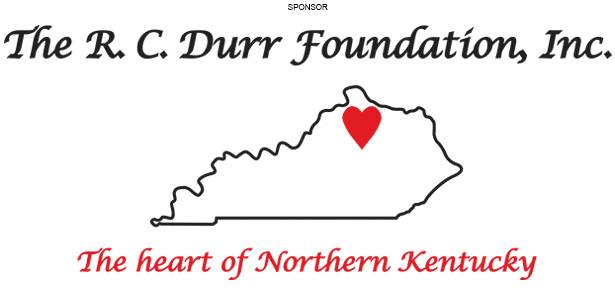


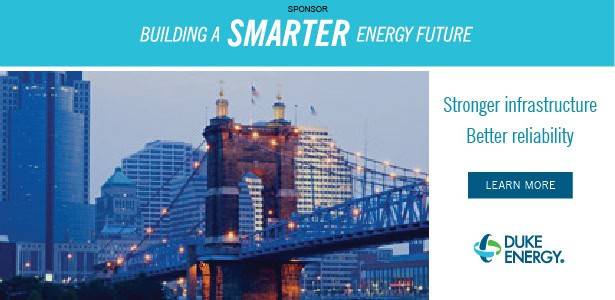
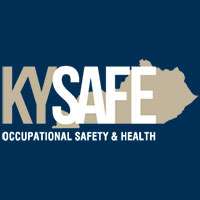
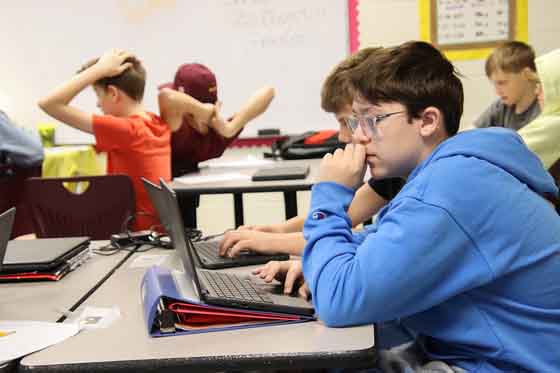
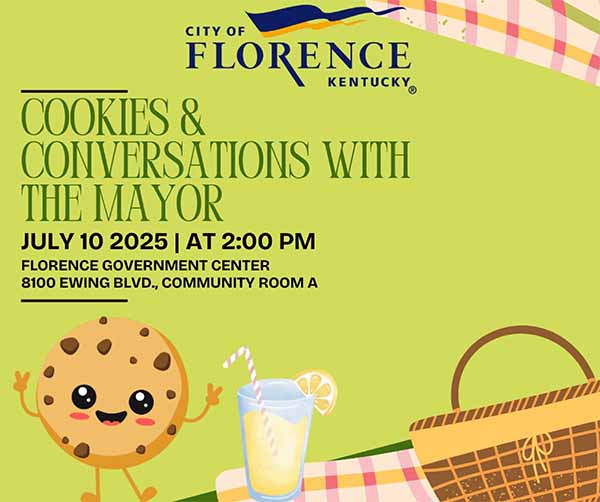
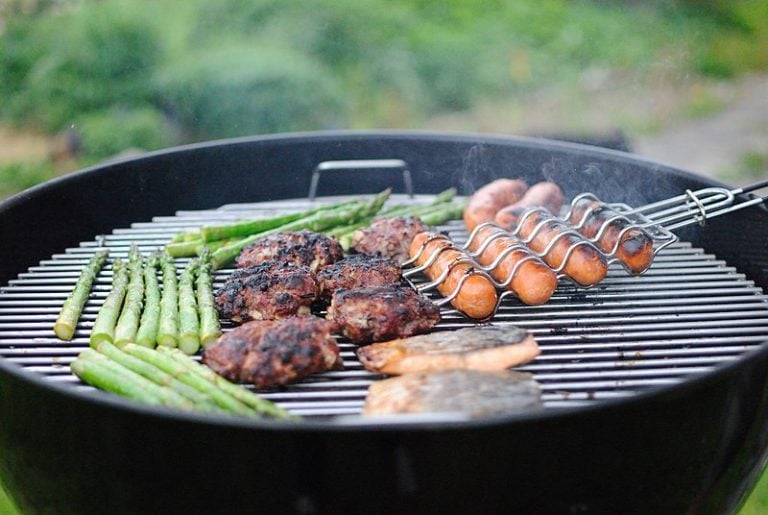


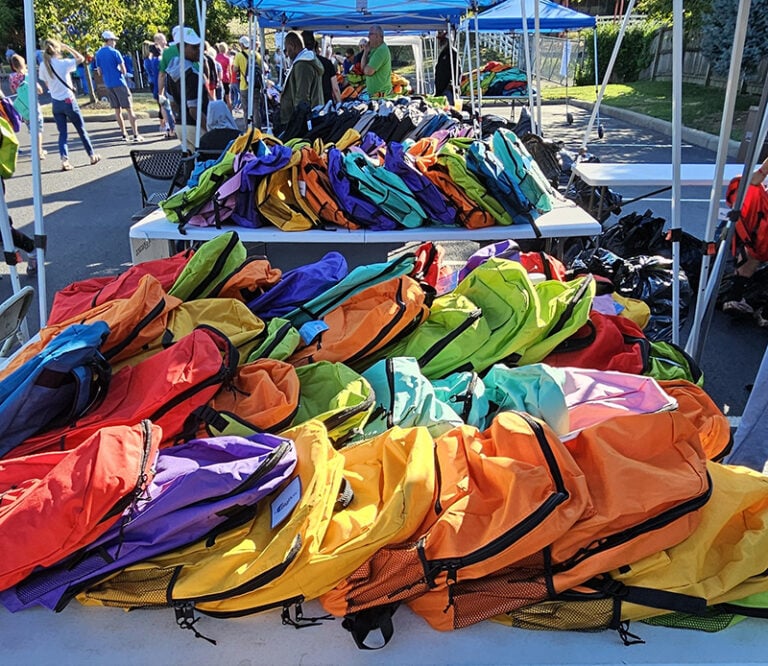
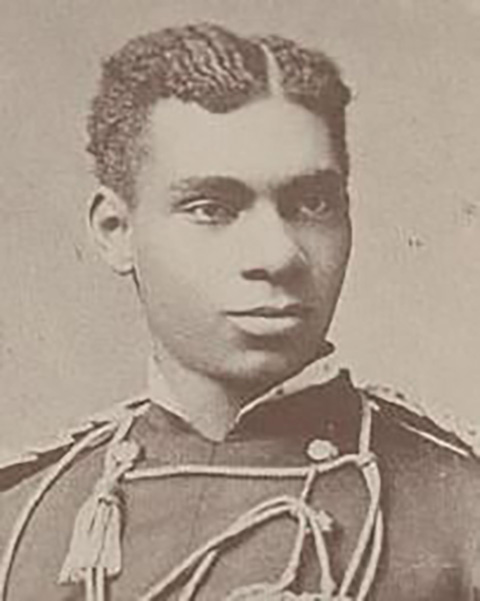

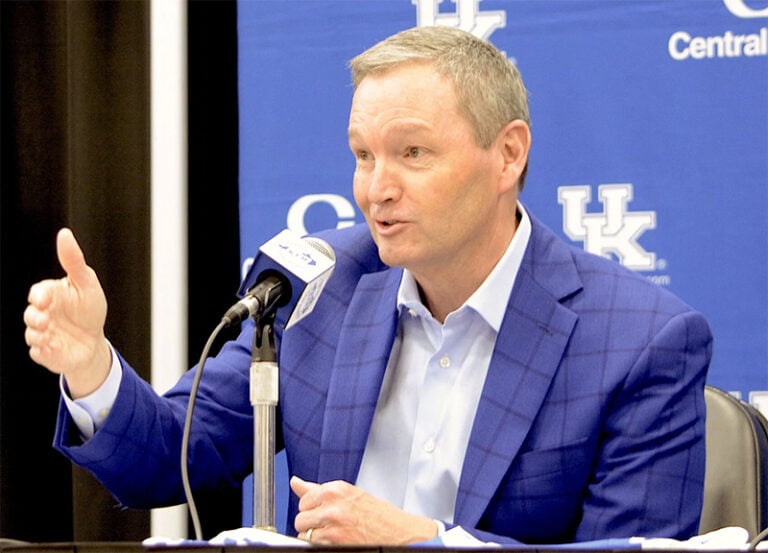
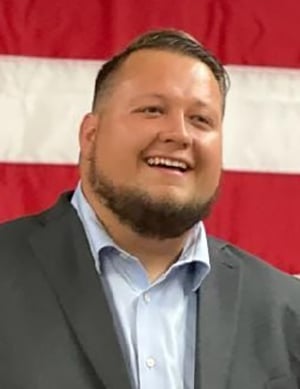
Great story! However Mr Quinn didn’t have a heart attack, he suffered sudden cardiac arrest. Please note, the differences:
What to do: Heart Attack
Even if you’re not sure it’s a heart attack, call 911 or your emergency response number. Every minute matters! It’s best to call EMS to get to the emergency room right away. Emergency medical services staff can begin treatment when they arrive — up to an hour sooner than if someone goes to the hospital by car. EMS staff are also trained to provide resuscitation efforts to someone whose heart has stopped. People with chest pain who arrive by ambulance may also receive faster treatment at the hospital.
What to do: Sudden Cardiac Arrest
For adults, check for responsiveness then shout for nearby help. Next, call 911 to activate emergency medical services. Then call for, or get, an automated external defibrillator if one is available and use it as soon as it arrives. Begin high-quality CPR immediately and continue until professional emergency medical services arrive. If two people are available to help, one should begin CPR immediately while the other calls 911 and finds an AED.
In children and infants, airway obstruction is often the cause of cardiac arrest. Calling 911 to activate the emergency response should be followed immediately by initiating high-quality CPR. If help is nearby or a cell phone is available, activating the emergency response and starting CPR can be nearly simultaneous. But in the out-of-hospital setting, a single rescuer who doesn’t have access to a cell phone should begin CPR (compressions-airway-breathing) before leaving the infant or child to call for help because respiratory arrest is the most common cause of cardiac arrest and help may not be nearby. If the person has suddenly collapsed, rescuers should use an automated external defibrillator (AED), because early defibrillation can be lifesaving.
Sudden cardiac arrest is a leading cause of death — about 350,000 out-of-hospital cardiac arrests occur annually in the United States. By performing Hands-Only CPR to the beat of the classic disco song “Stayin’ Alive,” you can double or even triple a victim’s chance of survival.